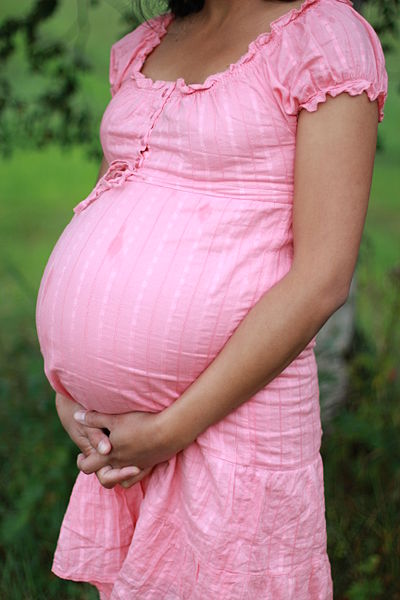Make sure new law doesn’t make surrogates ‘useful wombs’
By Anne Else,
Newsroom
| 08. 16. 2021
Agreeing to be a birth mother in a surrogacy arrangement is a precious gift to people wanting a child. But if it’s poorly regulated, it can lead to women being seen as just useful wombs.
No one knows exactly how many surrogacy arrangements have been made or how many children have been born this way to New Zealanders since the Human Assisted Reproductive Technology (HART) Act was passed in 2004, because no comprehensive records are kept. But surrogacy makes up less than 1 percent of fertility clinic treatment cycles here. There’s no guarantee of a live birth.
The Law Commission’s best guess is that around 50 children are born through surrogacy each year, including through international commercial surrogacies. The child usually has a genetic connection to at least one intending parent – though not when two donors are used. And in some cases the birth mother is the genetic mother.
(The Law Commission calls her ‘the surrogate’, but ACART (advisory committee) and ECART (ethics committee) use 'birth mother' – the most accurate term for her role.
There is one big gap...
Related Articles
By Katherine Long, Ben Foldy, and Lingling Wei, The Wall Street Journal | 12.13.2025
Inside a closed Los Angeles courtroom, something wasn’t right.
Clerks working for family court Judge Amy Pellman were reviewing routine surrogacy petitions when they spotted an unusual pattern: the same name, again and again.
A Chinese billionaire was seeking parental...
By Sarah A. Topol, The New York Times Magazine | 12.14.2025
The women in House 3 rarely had a chance to speak to the women in House 5, but when they did, the things they heard scared them. They didn’t actually know where House 5 was, only that it was huge...
By Sarah Kliff, The New York Times | 12.10.2025
Micah Nerio had known since his early 30s that he wanted to be a father, even if he did not have a partner. He spent a decade saving up to pursue surrogacy, an expensive process where he would create embryos...
By Carter Sherman, The Guardian | 12.08.2025
A huge defense policy bill, revealed by US lawmakers on Sunday, does not include a provision that would have provided broad healthcare coverage for in vitro fertilization (IVF) for active-duty members of the military, despite Donald Trump’s pledge...




